Buffaloberry:
World's Longest Running "Potential" Crop?
It may not actually be the longest running, but it's got to be darn close. My copy of The Small Fruit Culturist, by Andrew Fuller, dated 1897, devotes a chapter to Shepherdia argentea, saying:
"At the present time, the Shepherdia is not grown as a market fruit, but the time may come when we shall see it in our markets, and it is more than probable that new and improved varieties will be produced by some of our enterprising fruit growers."
Fuller appears to have had a little too much faith in the enterprising fruit growers. Card, roughly two decades later, said:
"The buffalo berry has enjoyed the distinction of remaining a new fruit for a very long time.... Yet we are still talking about buffalo berry as a new fruit which ought to be introduced."
And yet, as recently as 1999, Chad Finn records Buffaloberry as a "potential crop with unmet potential" in Perspectives on New Crops and New Uses. So just what is it about Shepherdia that it can't quite make it over that hump? Finn attributes it mostly to a lack of a market, and I suspect he may be right. For all the talk of variety, people are pretty conservative about what they eat (not necessarily a bad thing...being overly unconcerned with what you eat is certainly bad), and opening up the public mind to a new fruit requires a level of effort and ambition that currently is just not there on the behalf of the Buffaloberry. Shepherdia may show up at your supermarket someday, but I'm not betting it'll happen during my life time.
On the whole, there doesn't seem to be any obvious problems with the plant. It's productive, vigorous, extremely hardy (it's native to the upper Great Plains), and tolerant of drought. The bright red berries are tasty and high in Vitamin C, and though perhaps too tart for some make excellent jams and jellies. The silvery foliage and bark are really attractive, and I'd think it might make a decent decorative hedge of some sort. There are no major disease or insect pests known (although I'm sure the corpus of Shepherdia research is hardly exhaustive). Sure, it's spiny, but that didn't stop blackberries or citrus or gooseberries from catching on (okay, so gooseberries haven't caught on quite everywhere).
Shepherdia was named for John Shepherd, former curator of the Liverpool Botanic Garden. It's a relatively small genus. The species we've been discussing is Shepherdia argentea, the Silver Buffaloberry. There's also Shepherdia canadensis, the Canadian Buffaloberry, which Fuller describes as "insipid". (That said, various folks on the internet apparently feel differently...I've never had it.) A third species, Shepherdia rotundifolia, the Round-Leafed Buffaloberry, features strange curling leaves that almost look like tongues. Not too much effort has been made to domesticate any of them, although a few cultivars of argentea have been named.
Most common seems to be 'Sakakawea', which was released in 1985 by the USDA Plant Materials Center in Bismarck, ND. Although I'm sure it's fruit is fine, its main purpose appears to be as a windbreak and cover crop for strip-mined areas. It's seed propagated and thus not entirely genetically uniform - a small proportion of 'Sakakawea' plants apparently produce yellow, instead of red fruits. This trait is throwback to its parent, a yellow-fruited Canadian selection, 'Goldeye', which was found by a Mr. Griffin in Alberta in 1918, and named in 1932. Ames 23668, a seedling of 'Sakakawea' was distributed for trial by the USDA's North Central Plant Introduction Station in Ames, Iowa in 1996, primarily as an ornamental. (If anybody knows anything more concerning cultivated varieties of Shepherdia, particularly any grown for fruit, I'd be interested...drop me a note.)
At least a few nurseries carry the Silver Buffaloberry, including Blake Nursery in Montana, and James Nursery in Denver. Shooting Star Nursery in Kentucky appears to have the canadensis, so if you'd really like to find out just how insipid it is, there's your chance. The provincial government of Manitoba also has a page with some info on cultivating the thing, should you feel so inclined.
Labels: buffaloberries, Shepherdia



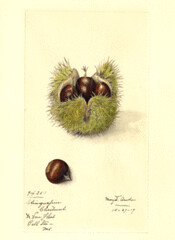
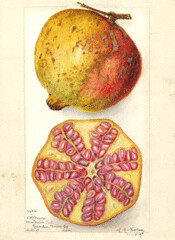

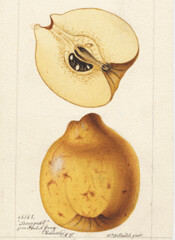




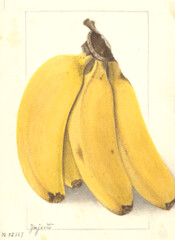

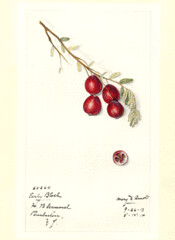
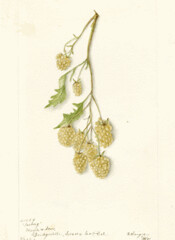
0 Comments:
Post a Comment
<< Home